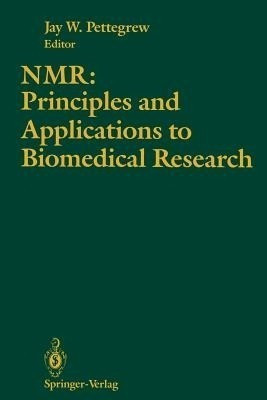NMR: Principles and Applications to Biomedical Research(English, Paperback, unknown)
Quick Overview
Product Price Comparison
Nuclear magnetic resonance (NMR) is having an enormous liTIpact on biomedical research both at the basic science and clinical levels. In order to appreciate the elegance and power of this technology a historical perspective is in order. In 1924 Pauli suggested that hydrogen nuclei might possess a magnetic IIlOlllent. This was in fact confinned by Rabbi in 1939 who demonstrated that a beam of hydrogen molecules in the presence of a magnetic field could be mutated by radio frequency fields resonating at the Iarmor frequency. 'Ihe first successful NMR experiments in condensed matter were independently conducted in late 1945 by Purcell, Torrey and PoUnd and by Bloch, Hansen and Packard. 'Ihe Purcell group detected proton NMR in solid paraffin and the Bloch group detected proton in liquid water. Bloch and Purcell received the Nobel Prize in physics in 1952 for these observations . Until about 1952, studies of liquids and solids with broad resonance lines dominated the field of NMR. However, the reports of 3 1 P NMR chemical shifts in several corrpounds in 1949 by Khight, of 14 N resonances in several ions by Proctor and Yu in 1950, and of 1 9 F resonances in several corrpounds in 1950 by Dickinson led to the development of high resolution NMR in Itquids. since the molecular motions in liquids result in very narrow lines compared to those in solids, :much smaller chemical shifts could be detected.


